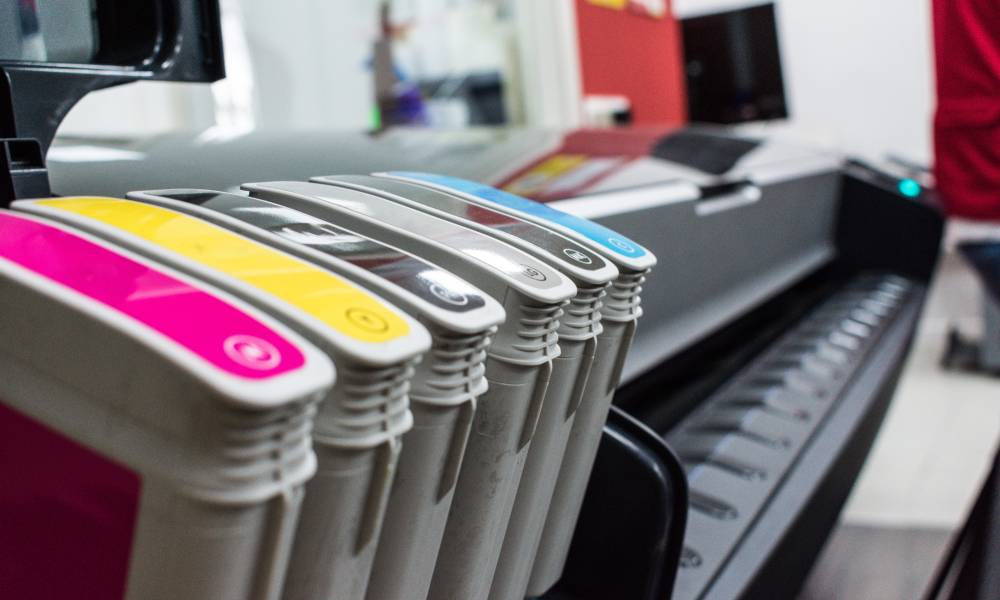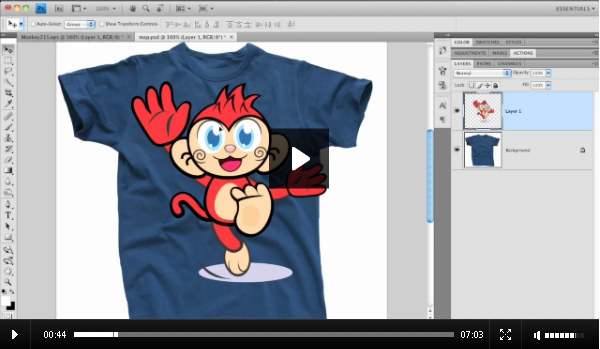
Digital printing is an ever-evolving technology that allows graphic designers to make quick changes for easy turnaround on high-quality designs. Whether you’re working on business cards, posters, or brochures, knowing how to prepare your files correctly can ensure high-quality results. This guide will walk you through the steps to get your design ready for digital printing so that you avoid common pitfalls and deliver a polished final product.
Set to CMYK Color Mode
Digital printing relies on the CMYK color mode to produce vibrant and accurate colors. This is crucial because RGB, the default color mode for screen displays, doesn’t translate well to printed materials. Before you start designing, switch your file to CMYK mode to get a more accurate representation of how your colors will appear in print. Doing this will also help you avoid unexpected color shifts and make sure your design looks as intended once printed.
Choose a File Format

Selecting the right file format is vital for maintaining your design’s integrity during printing. Common formats include PDF, TIFF, and JPEG. PDFs are great because they preserve quality and embed fonts and images, making them suitable for professional printing. TIFF files are also good options due to their high resolution and lossless compression.
Optimize File Size
File size can affect both the quality and speed of the digital printing process. Large files can be cumbersome and slow to upload or transfer, while compressed files may suffer from reduced image quality. To strike a balance, save your design at a high resolution without unnecessary elements that could inflate the file size. If you cannot achieve a suitable file size for your design, consider switching the file format.
Check Your Resolution
Design resolution is critical when preparing your design for digital printing. A minimum of 300 dots per inch (DPI) is ideal for the sharpest, most professional-looking results. Anything less can result in pixelation and blurriness. Review your design’s resolution settings before finalizing the file to ensure everything meets the required DPI.
As you prepare to send your design to a professional printer, follow these tips for the highest quality results. One difference between digital and screen printing is its ability to create complex images on a variety of branding materials. Furthermore, you can easily tweak your designs without creating a physical stencil. Consider these advantages and guidelines for creating the best designs for your business!




